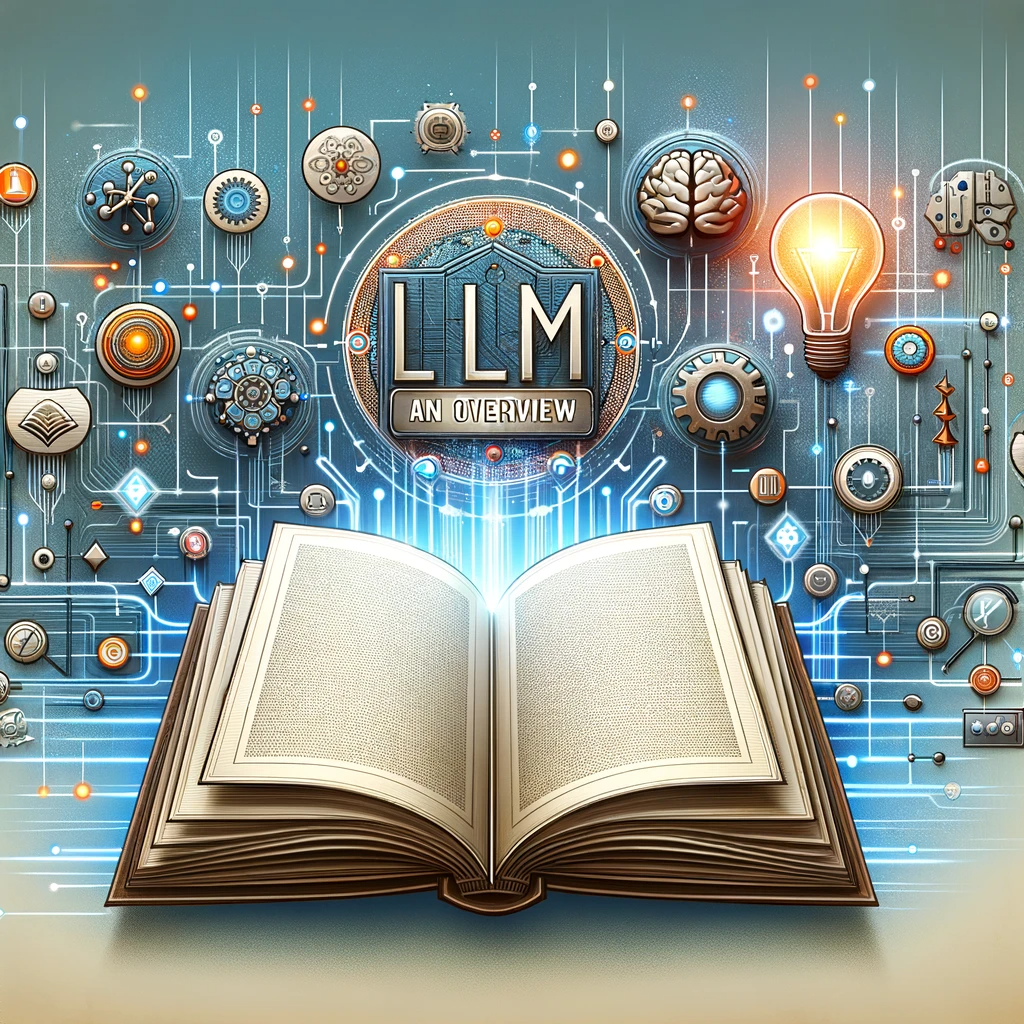Large Language Models(LLM): An Overview

Today I will be writing my understanding of LLM after having taken yet another short course on the Introduction to LLM.
So what is LLM?
Large Language Model is a specialised branch of Deep Learning, intersecting significantly with Generative AI. Its primary function is to process and understand natural language. These models are adept at tackling general language problems, including text classification, question answering, document summarization, and text generation. After their initial training on broad language tasks, LLMs can be fine-tuned to address specific problems in various fields, even with smaller datasets. This adaptability sets them apart from traditional language models, which relied on n-gram models and statistical methods and struggled with complex language structures.
Understanding "Large" in LLM
The term "large" in LLMs refers to two aspects: firstly, the sheer scale of their parameters, which can reach up to 340 billion depending on the model, and secondly, the size of the training datasets, which can be as vast as petabytes.
The Evolution from Traditional Models
A pivotal moment for LLMs occurred in 2017 with the integration of transformer architecture, centering around the concept of attention. This mechanism allows neural networks to identify the importance of specific words or parts of words, thereby enhancing the processing of longer text sequences.
Real-World Applications of LLMs
From creating more empathetic chatbots to aiding in medical research by summarising vast scientific texts, LLMs are reshaping industries. In the legal field, they're being used to analyze case laws and contracts, demonstrating their versatility across varied domains.
The Benefits of LLM:
- A single model can efficiently perform various tasks, such as language translation, sentence completion, text classification, and question answering.
- Since LLMs undergo extensive pretraining, they require minimal additional training for specific tasks.
- LLMs can deliver respectable performance even if they have not being trained extensively on a specific area.
Constraints of LLM:
- Training and running LLMs can be expensive, demanding significant time and computational resources.
- The potential for inheriting biases from training data can lead to inaccurate or unethical outputs, raising concerns over race, gender, religion, and more.
- LLM may generate harmful or misleading content, necessitating careful oversight and ethical considerations.
Wrapping Up
LLMs open new horizons in understanding and generating human language, they also underscore the importance of ethical considerations and thoughtful application in the ever-evolving landscape of AI.
There is so much more about LLM, but I hope this overview helps you understand better what it is all about.
References



About Me
I am Zaahra, a Google Women Techmakers Ambassador who enjoy mentoring people and writing about technical contents that might help people in their developer journey. I also enjoy building stuffs to solve real life problems.
To reach me:
LinkedIn: https://www.linkedin.com/in/faatimah-iz-zaahra-m-0670881a1/
X (previously Twitter): _fz3hra
GitHub: https://github.com/fz3hra
Cheers,
Umme Faatimah-Iz-Zaahra Mujore | Google Women TechMakers Ambassador | Software Engineer




